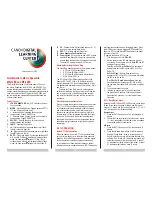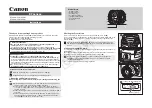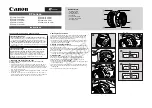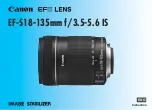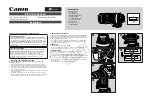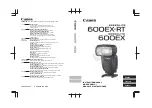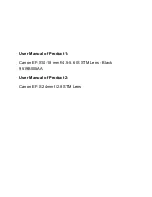
― 29 ―
-
Reset time at 80%/90% of the exposure time: This settings makes the sensor capable of
coping with approximately four times the amount of light compared to the linear response
(HDR OFF)
It is recommended to use as little HDR as possible so that compression and lower contrast in the
images is minimized.
4.9 Time synchronization settings
Most ITS systems require that all cameras are time synchronized
– both with the back-office as well
as with each other. The Drive5 supports time synchronization using the standard Network Time
Protocol (NTP) where one or more designated NTP Servers provide the time for the whole system.
The NTP Time Synchronization is configured directly using EN Setup in Section 14
– “Time
Synchronization.”
Figure 28. Time synchronization settings in EN Setup
Before enabling the NTP Client all configuration parameters have to be set up, or else it will require a
restart of the NTP Client in order to make the parameters effective.
The following parameters need to be configured:
NTP Client Control
– Enable or Disable the NTP client in the camera.
NTP-Server 1/2/3 IP-address
– These parameters specify which NTP Server(s) on the network that
the NTP-Client will use for the time synchronization. The first IP-address in the list will be considered
the preferred server.
NTP Max estimated Error
– Specifies the maximum estimated error allowed (in microseconds) before
a ERROR_NTP_TIME error telegram will be generated when an image is captured. This is typically
used in systems where there is a strict requirement to the synchronization accuracy of all cameras
(like for instance Section Control systems).
Real Time Clock
– Displays current NTP adjusted date and time. This will be used for all time stamps
on images and messages.
NTP Mode
– This controls the NTP-Client mode of operation. Three modes are available: a) “Default”,
b) “Burst” and c) “Burst + Min/Max Poll intervals”. “Default” mode will use default configuration
parameters when NTP Client control is enabled
. “Burst” mode will speed up the initial communication


























